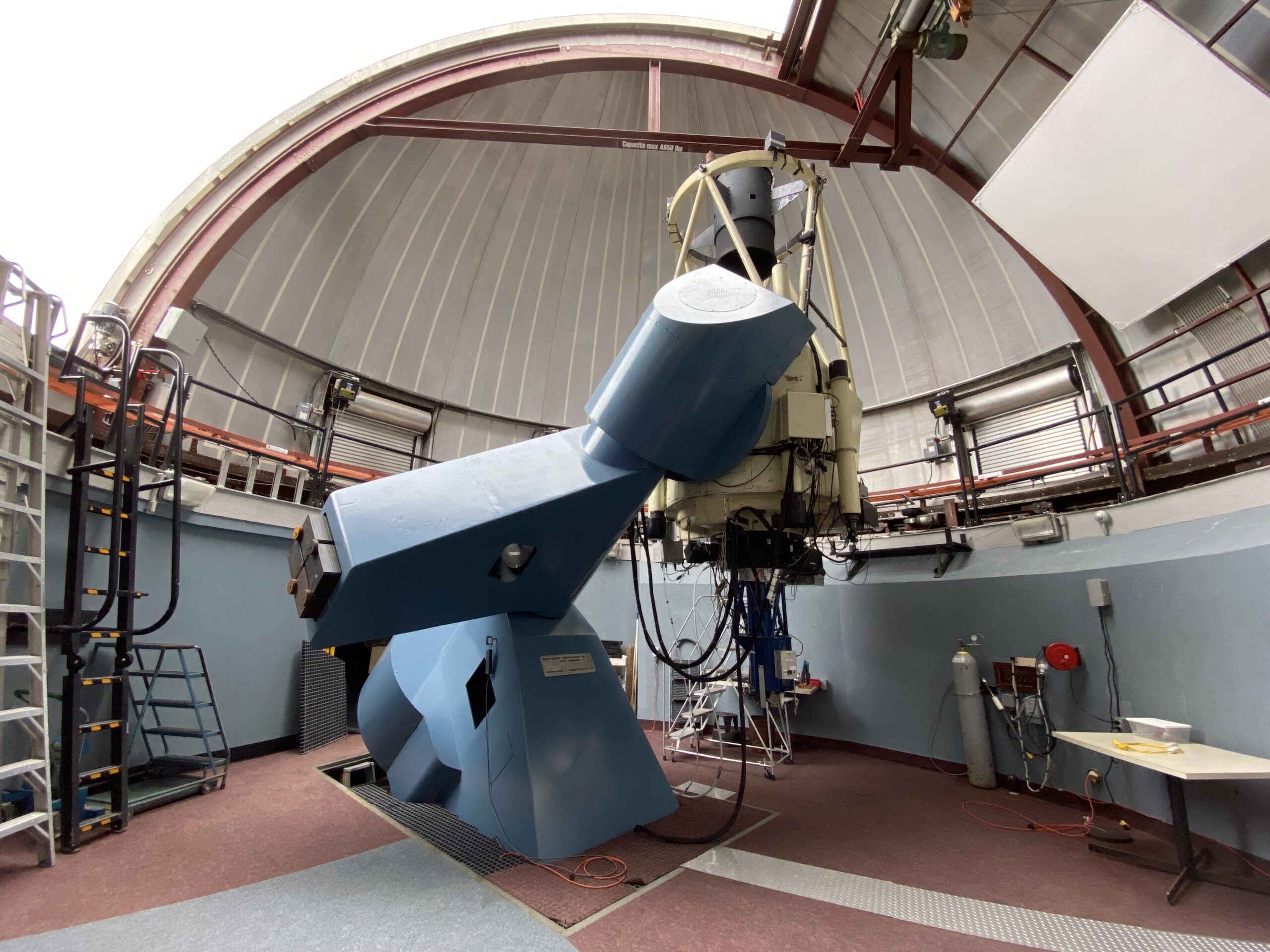Request Time on the OMM

We are delighted to provide researchers across Canada the opportunity to access our astronomical facilities and contribute to the advancement of science. This streamlined application process is designed to facilitate your request for telescope time and support your research endeavors. Please take a moment to complete the request form (see below in the next section), providing us with essential details about your project and observing requirements.
Our dedicated team (led by Sylvie Beaulieu) is eager to assist you in realising your research objectives and exploring the mysteries of the Universe from the pristine skies of the Mont-Mégantic. Thank you for choosing us as your partner for scientific discovery!
How to request time on the telescope
Note: Telescope time at the Mont-Mégantic Observatory is reserved for university researchers only.
Period 25B (May to August 2025)
Submission deadline: April 8, 2025
Time request form: omm_demande_temps_fr (French) or omm_time_allocation_en (English)
The Observatory’s telescope time is regularly granted every four months to university researchers who submit a request. Depending on constraints and the number of nights available, it is sometimes impossible to meet all requests. A time request is made by filling in all the sections of the form. A copy of your request must be sent in PDF format to Sylvie Beaulieu.
The Mont-Mégantic Observatory is available for time requests using two observing modes:
- Queue mode
- Regular/Classic mode
Scheduled Queue Mode
Queue mode observations are primarily intended for small projects that cannot justify a full observation mission spanning several nights, or follow-ups with short visits over several nights or months. We accept long-term projects. If there are several targets to be observed, you will need to specify the priority of each target. In addition to the priority targets, you can define as many ‘best effort’ targets as you wish. These will only be observed if no priority target in the queue of programs is observable. The CPAPIR wide-field imager (infrared) and the PESTO camera (visible) are the instruments normally available in queue mode. Data will include astrometric calibration only for PESTO, and astrometric and photometric calibration for CPaPIR. Contact Sylvie Beaulieu for more details about queue mode.
Regular/Classic Mode
The OMM is also available for observations in regular (or classic) mode. In this case, the astronomer must be present (CPAPIR and PESTO), or in remote mode (PESTO only). The list of instruments includes :
- Infrared Imager CPAPIR (FOV ~ 30 arcmin) Attention : Not available from April to November 2025
- Optical, high-cadence Imager, PESTO (FOV ~ 8 arcmin)